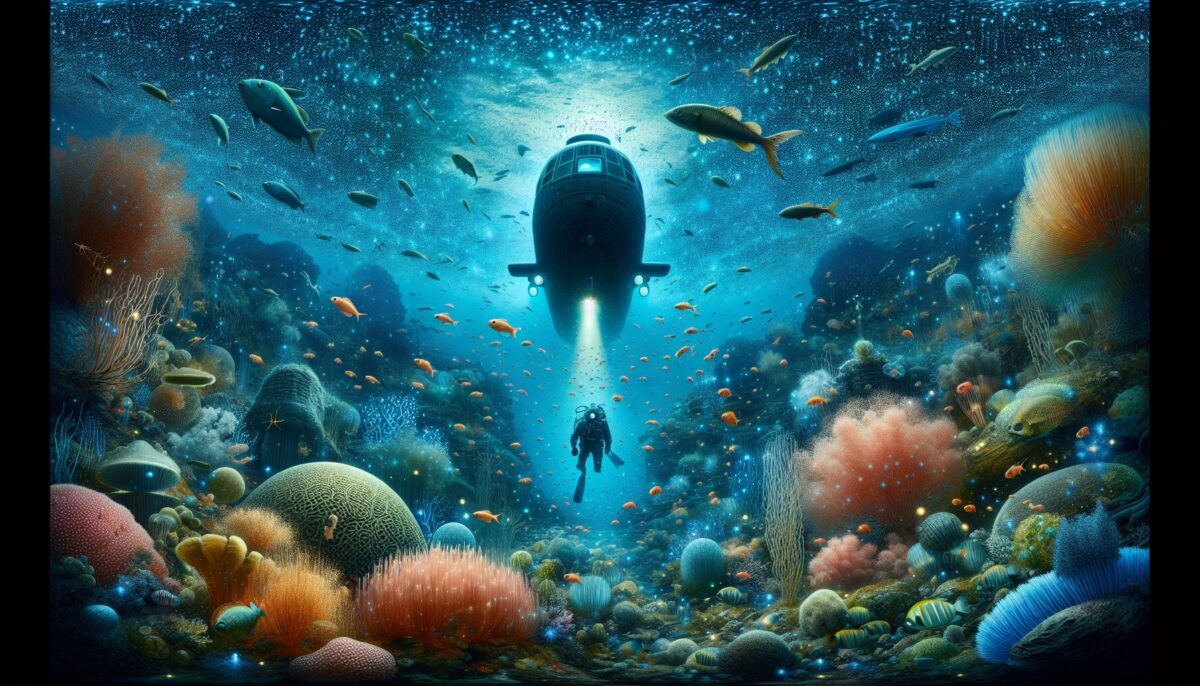Oceanography is a remarkable field that investigates the mystifying expanse of oceans to gain insights into human impact, climate change, and marine biodiversity. It is a vast subject that covers several facets—physical, chemical, geological and biological—of the world’s oceans. This multi-disciplinary science aims to unravel the mysteries of the deep seas and how they influence the global ecosystems.[^1^]
The Many Facets of Oceanography
Oceanography is a broad and diverse field, further divided into several specialized areas such as physical oceanography, chemical oceanography, geological oceanography, and biological oceanography. Physical oceanography focuses on the study of ocean currents, waves, and tides, as well as their interaction with atmospheric phenomena. Chemical oceanography, on the other hand, centers around the chemical composition of seawater, nutrient cycles, and chemical interactions between the ocean, atmosphere, and seafloor. Geological oceanography investigates the geology of the ocean floor, including the continental shelf, the deep sea, and underwater formations such as volcanoes and trenches. Biological oceanography is the study of marine life, from tiny plankton to massive whales, their habitats, diversity, and the impact of environmental changes on them.[^2^]
Unraveling the Puzzle of Ocean Currents
The mass movement of ocean water called the ocean current plays a crucial role in regulating the Earth’s climate. These currents, which include both surface currents and deep-water currents, act as a global conveyor belt, transporting heat, nutrients, and organisms around the world. Ongoing research in this area is primarily focused on studying the impact of climate change on these currents. The challenge lies in learning how altering circulation patterns might affect global temperatures, regional weather patterns, and marine ecosystems.[^3^]
The Intricacies of Marine Biodiversity
The oceans are home to a wealth of species, some still unknown to humans. Exploring marine biodiversity helps us to understand how life evolves in the wide array of habitats found in the sea, from sunlit coastal regions to the depth of the Mariana Trench. In addition to cataloging species, researchers work to identify the interconnections within and between ecosystems. Understanding these ecosystems’ dynamics is of the utmost importance, considering the mounting threats from overfishing, pollution, climate change, and habitat destruction.
The Role of Ocean Acidification in Coral Bleaching
Another critical area of research is ocean acidification and its impact on marine life, particularly coral reefs. Increased carbon dioxide (CO2) emissions have led to a rise in seawater acidity levels, disrupting the balance needed by corals and other marine organisms that build shells and skeletons from calcium carbonate. This imbalance triggers a phenomenon known as coral bleaching, whereby corals lose their vibrant colors and turn white. Without swift intervention, acidification could devastate marine ecosystems and the human communities that depend on them. Even more worrying is that these changes could lead to a cascade effect, causing widespread damage to oceanic ecosystems.[^4^]
Beyond Research: The Blue Economy
Understanding our oceans and their myriad contributions isn’t just limited to scientific research. The concept of the ‘Blue Economy’ is increasingly recognized as a means to balance economic growth with sustainable sea and ocean-related activities. It proposes harvesting the oceans’ resources in a sustainable manner, benefiting coastal communities economically and socially while minimizing environmental impact. This includes sectors like fisheries, aquaculture, tourism, marine renewable energy, and even the fashion industry.[^5^]
Conclusion
Our planet’s oceans are complex systems that we’re still striving to fully understand. They regulate our climate, house a treasure trove of biodiversity, and serve as crucial economic engines. Through the field of oceanography, we can continue to explore these vast waters to ensure their health and longevity for future generations.
We must remember, though: the first step to preservation is understanding. Only by gaining more information about our oceans can we enact effective protection and conservation strategies.
[^1^]: Scripps Institution of Oceanography
[^2^]: NOAA National Ocean Service Education
[^3^]: NASA’s Scientific Visualization Studio
[^4^]: NOAA Fisheries
[^5^]: The Blue Economy – Sustainability Vision or Neo-liberal Green Washing?
